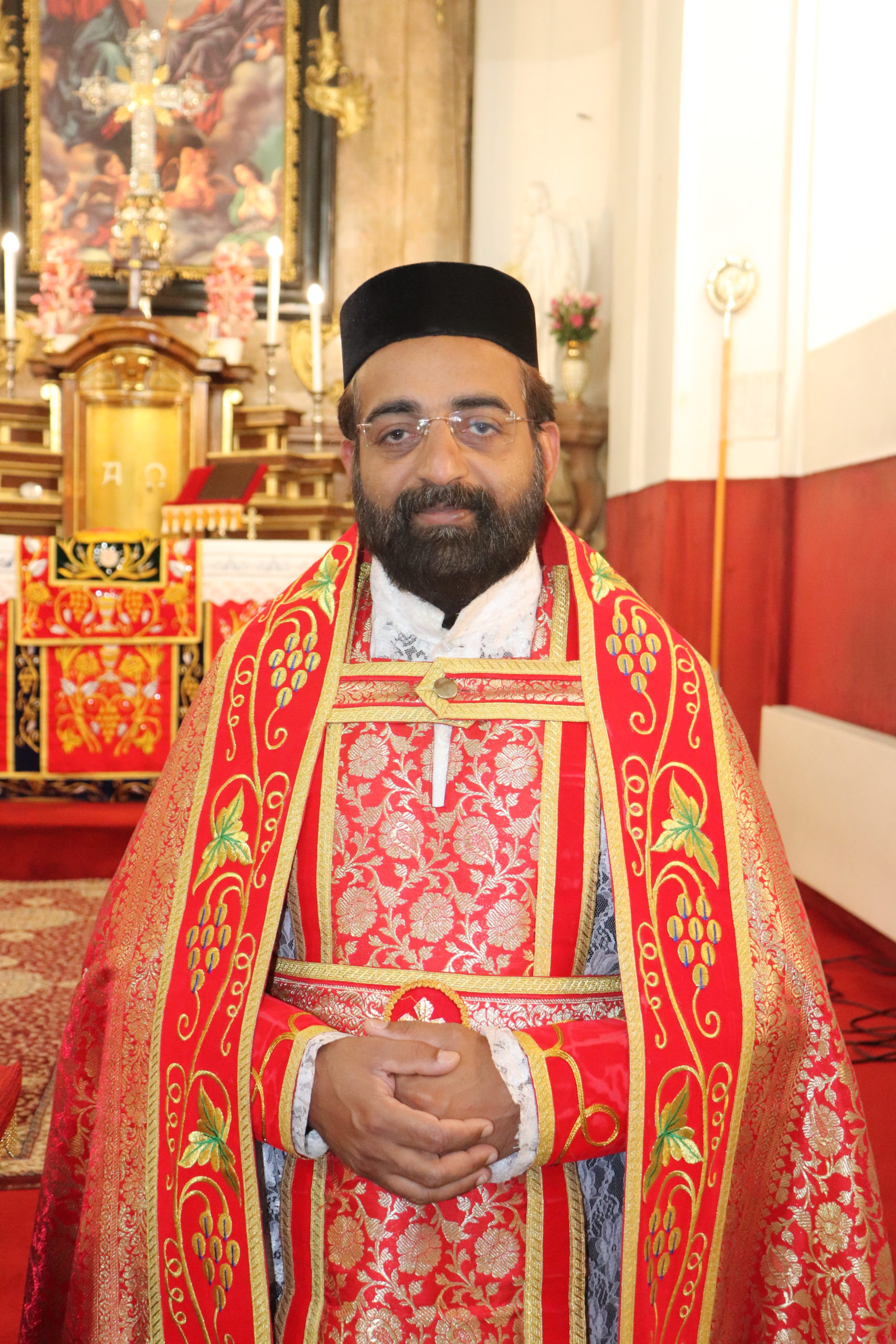

Later a new pulpit and lectern were added. The rector also provided a “Holy Table” of carved oak on which to celebrate Holy Communion and a dossal, an altar hanging, and cross were subsequently added. He transferred the choir from the west gallery to the new stalls in the chancel, and simple choral services became the established rule.

In 1891 the new rector, Peter Potter, introduced much needed improvements at the east end. The choir and orchestra were stationed in a gallery at the west end of the nave, whilst the services were extremely evangelical in form. During the long period, of 60 years, that David Jones was rector, the church was typical of the Georgian period of ugliness, the interior was plain and unadorned. In the 18th Century, the time of square pews, the rector had two such boxes erected in the chancel for his family and friends. The internal layout of St.Teilo’s may appear quite traditional, but it has seen many changes over the years. A further notable architectural feature is the “corbel table” of Welsh pattern which runs around the tower below the battlements.īuilt in 1851, probably to commemorate the 20th year of the rector, the Rev David Jones.

The bells are dated 17, weigh 6 cwt and 4 cwt respectively. The clock was purchased in 1886 having given many years service on the Old Brewery in Swansea. The battlements were probably restored in the 19th century but the tower was undoubtedly designed as a safe refuge for the villagers from sudden attacks by marauders from the sea. The roof was made of thatch until 1831, but was in such a dilapidated state that a few weeks after the new rector arrived, it collapsed into the nave. Both the tower and the main building date from the late 12th or early 13th century. The tower can be described as English or Norman and, with it's simple construction, is typical of Gower Churches. The Church, dedicated to St.Teilo, still keeps its ”mapsant” or Patron Saint’s Day which is on the 9th of February. Thus Bishopston derives its name from having been, “the Bishops Town”, an Episcopal Manor with its Court Leet, until 1923. In the year AD 1130 the Pope settled the patronage of the Church on the Bishop of Llandaff and it remained in that Diocese until 1920. Later, a cell or small Chapel was constructed on the site. This was an enclosure, probably no more than a simple wooden fenced area, open to the sky, where the faithful met for worship and to celebrate the Eucharist. when Teilo established a Llan (Church) hidden in a dell above the stream. Which means “Church of St.Teilo in Ferwallt”, and has a number of interpretations.Īccording to the Book of Llandaff, the church dates back to 460-490 A.D. The Welsh name of the village is Llandeilo Ferwallt. The Parish Church of St.Teilo occupies the site of one of the earliest Christian settlements in Wales.


 0 kommentar(er)
0 kommentar(er)
